How to Help Stop Your Cat from Scratching
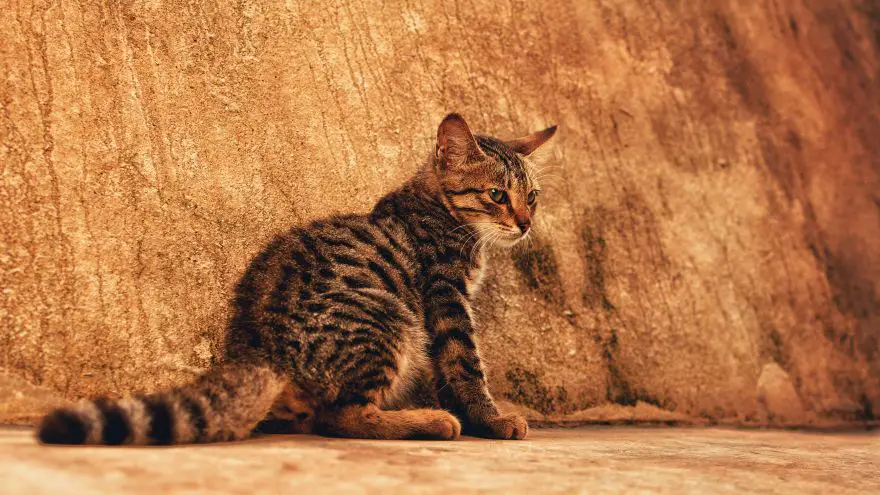 How to Help Stop Your Cat from Scratching
thegearhunt.com
How to Help Stop Your Cat from Scratching
thegearhunt.com
Many, many, many years ago when I was a little girl, (let’s face it, my kids call me The Crypt Keeper), I would spend lots of time at my grandmother’s house in lower Chicago. She was known to everyone in the neighborhood as the local cat lady. If it had fur and said meow, it knew where her house was. In fact, people would come to her for advice for everything and anything concerning their beloved pets. I never noted anything that she didn’t have words of wisdom about.
I would tag along behind her as she would lovingly prepare their meals twice a day and then pack it up in her basket to be carried out to the alley and fairly dispersed among all of her self proclaimed charges. If you can imagine the pied piper of cats, it was her. They would come from everywhere. I would stand there in total awe as the masses gathered at our feet and she happily addressed each one of them by name. The woman would literally carry on full conversations with them, and they answered her. I was utterly enthralled with the entire scene that unfolded in front of me. I was convinced that this woman had magical powers.
Often times, one of her beloved feline friends would show up injured. Of course, she would decide that it would need medical attention. So, one way or another, it would end up in the house, where it would rarely ever leave. Yes, her house was a virtual “kitty kamp”, with cats in every imaginable corner. I learned quite a lot from her in my younger years, and have taken some of her tried and true practices and implemented them in my own home.
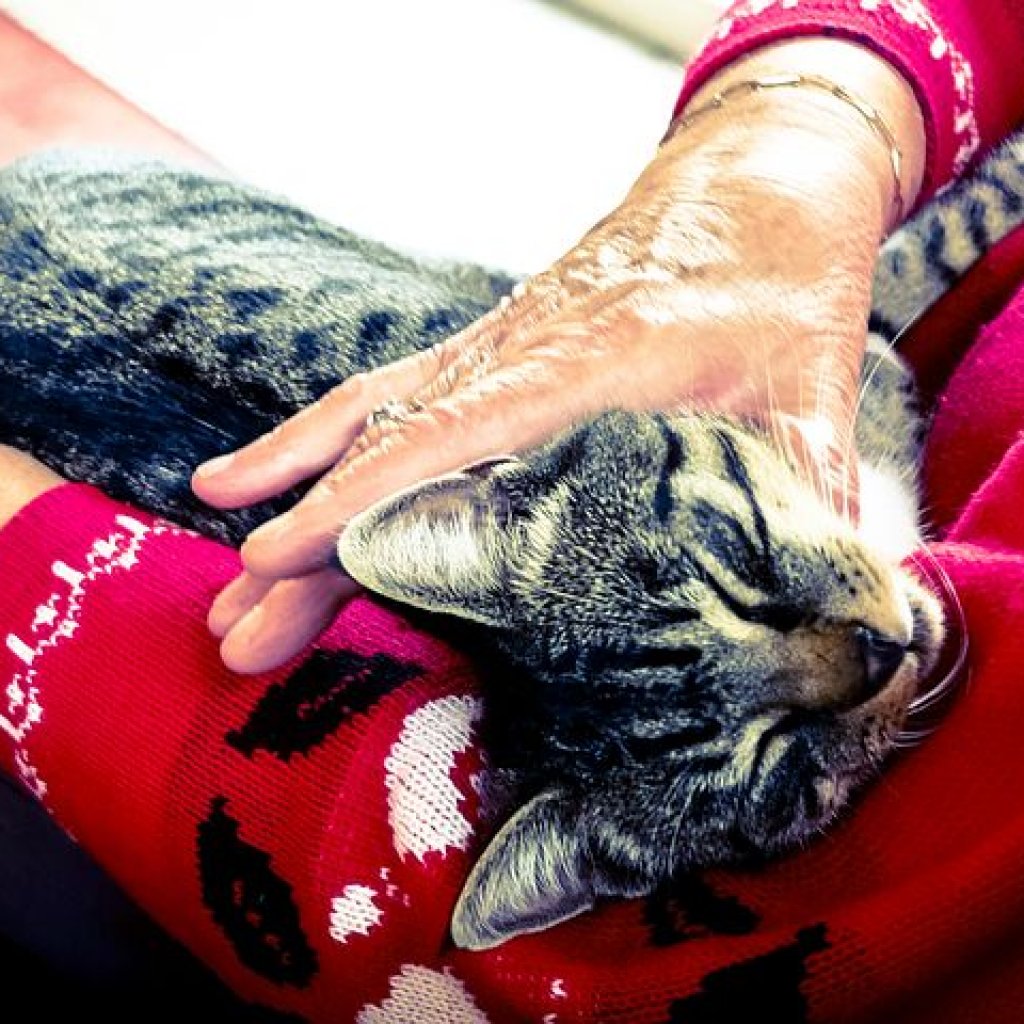
Cats and Humans
To give you a little bit of an idea of how cats became part of our everyday lives, let me back up a little. Based on DNA evidence, our common domesticated cat came from the Middle East some 10 to 15,000 years ago. Its ancestor was actually a wildcat from Arabia. It’s believed that cats were used by early farmers to help with rodent populations with their crops and of course we’re all familiar with the connection and reverence that the Egyptians had with cats. In fact, in their society, you would be put to death if you were caught killing a cat.
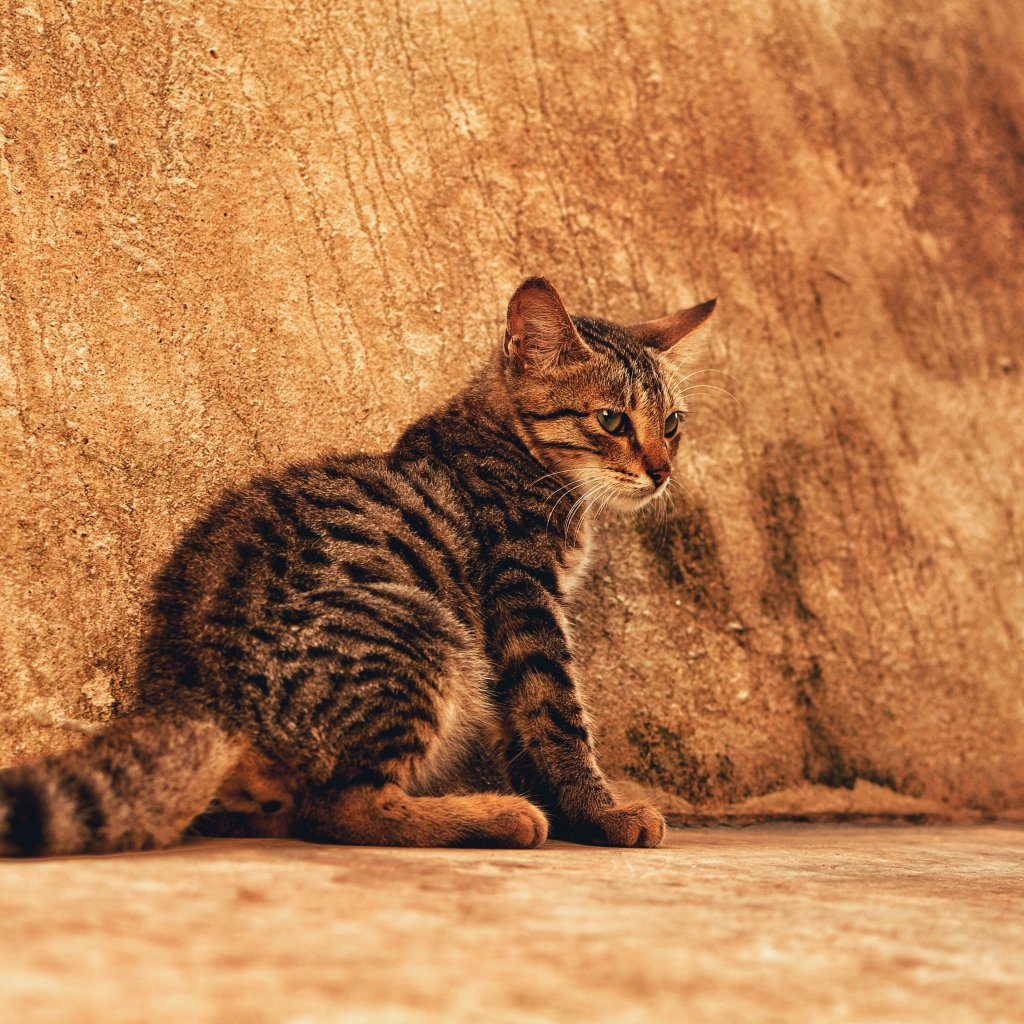
Blessings of the Feline Kind
Those of us who have made a cat part of our family are very familiar with the fact that these mysterious creatures tend to each have a personality all their own. There are those that seem to have that familiar Garfield personality… “I’ll do it in my time, on my terms and who I want to do it with, just make sure and feed me.” There are those that will happily greet you at the door when you come home from work, eager for you to reach down and pet them, the whole time talking your ear off with their own language. Then you have the “hider”….they live with you, you see them from time to time, however, they tend to live their own secret life. We also have the cat that wants to snuggle. Every time you sit down, it’s in your lap wanting to claim it’s spot before someone else gets that prized location. If you’re really lucky, you might have a feline friend that has just a little bit of all of the above.
There are those basic traits that every cat seems to have in common, aside from their physical characteristics. Every cat has an intense curiosity, they like to keep themselves clean (unless there’s a medical problem}, they like to hunt/play in some form, they are very intelligent, they like to sleep and last, but certainly not least…they scratch!
To Scratch or Not to Scratch
A cat scratch is not considered a pleasant experience by anyone, whether it be to the skin or your newly purchased furniture.
If you’re unfortunate and have incurred the wrath of your feline friend, you know that it’s painful, to say the least. There’s also the risk of infection, or worse. If you haven’t been the benefactor of this experience in the past and it ever happens to you; please make sure to wash the area of the scratch, as well as the scratch itself with soap and water, as soon as you possibly can. It also never hurts to apply an antibacterial salve, along with some sterile gauze. If you feel it’s anything more than a surface scratch, please call your family physician, as cat scratches can turn nasty and inflamed very quickly. There’s also the rare occasion that stitches may be needed.
Then we have the very undesirable behavior of scratching on furniture, wooden door frames and a sundry of other places in our home. This bad habit has led many people to rehome their beloved pets after many frustrating attempts to stop it. Some people have opted for declawing their cats. I personally don’t view this as a viable option. This is a surgical procedure that is actually removing part of the cat’s body. Don’t fool yourself here, it’s painful and can lead to other misbehaviors later in life.
Here’s where the problem lies, you’re not going to be able to stop them from doing this very natural act. This behavior is part of their genetic makeup and something that they’re just not going to change. It’s a behavior that benefits them in several different ways and let’s face it, it’s probably fun. It gives them the opportunity to fully stretch, the action allows them to clean any dead nail sheaths and it’s emotionally healthy for them. Also, just as a dog lifts its leg to mark a spot, a cat will scratch to do the same. Finally, maybe the cat is just plain bored.
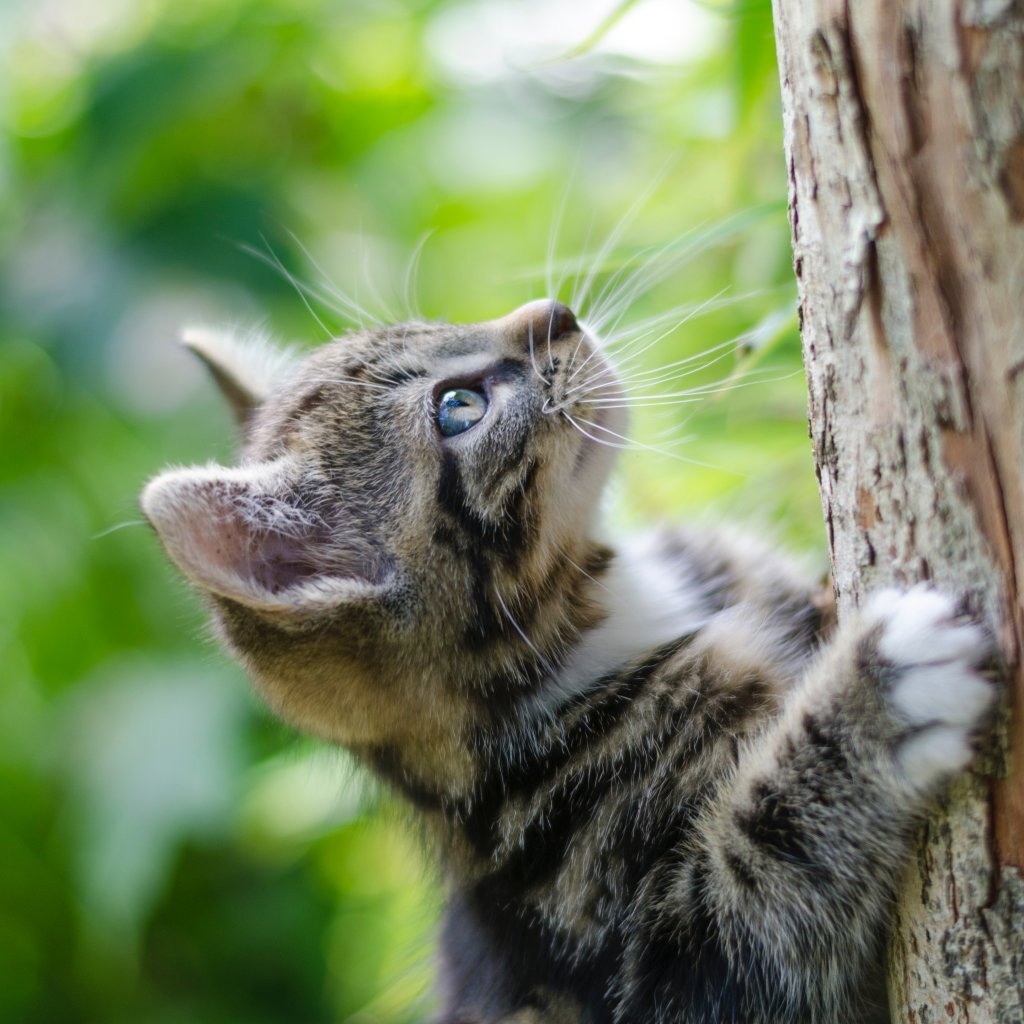
It’s our job as responsible pet owners to redirect this behavior in a positive manner. By “redirecting” I don’t mean to yell at your cat, spank your cat or worse. The only result that’s going to bring you is a cat that doesn’t trust you and probably runs to hide every time you enter the room. The key words that I said were “responsibly and redirect”. I know that this might sound like a difficult task, but really, it’s not. This is where I go back to my dear, old grandmothers “tried and true” ways.
A Job at Hand
Now, remember that your cat is a unique individual. This means that it may take trying several different methods or a combination of them. The first thing you need to do is to make your house cat-friendly. Let me give you a visual; how would you feel if you lived in a house that had nothing that made you comfortable, no furniture, no television, no table to eat at. You would probably feel very out of place. So, back to making your house cat-friendly… try to think like your cat. Cats like small places to hide, high places to stalk and textures to scratch. Put some boxes (or something similar) around your house. You can let your imagination run wild and use a variety of different objects for this. You might even want to find something that coordinates with your decor. Make this fun for yourself, as well as your cat, but be sure that the box has a hole big enough for your cat to enter and exit comfortably. Again, place these boxes around your house in places where you may have noticed your cat trying to “be invisible”.
Next, give your cat that height that they enjoy for stalking and feeling safe. If you’re handy with tools and open to it, you could virtually turn your house into a kitty highway by running a series of boards around the top of your house, near your ceiling. I know this is the extreme and most people aren’t capable or willing to alter their home to this degree. However, we can accomplish very much the same stimulus much more simply. I’m sure you’ve seen those fancy cat towers at the pet shops. They’re high, sometimes have a box or a basking spot and they’re usually covered in some kind of carpeting. Maybe you saw one and thought, “my cat doesn’t need something like that”. Actually, they were designed by thinking like a cat. They have many of the components needed to appeal to your kitty’s inner tiger. Of course, once again, this is something that you can build if you’re able. I have several friends that have built their own with varying degrees of simple to fancy. You can use heavy duty cardboard tubes, debarked tree logs, or even old dresser drawers. Just remember that they like levels and height.

The last thing we need in making our home more cat-friendly is scratching items with different textures that draw their attention. I recommend that you have at least three or four different surfaced scratching locations.
A debarked log makes a great scratching post for your feline friend. You can leave it lying lengthwise on the floor or mount it onto a base so that it stands upright. Again, how you do this may depend on how proficient you are with power tools. Just make sure that you put a nice, sturdy base on it if you decide to have it standing upright. It would certainly defeat your efforts if your kitty was to have it fall over on her when she went to use it.
Store bought corrugated cardboard is another great choice. They design these specifically for cats and can be inexpensively purchased at most pet stores, department stores or even online. These will have to be replaced from time to time but are highly cost-effective.
Sisal rope seems to be a real winner with some cats. Again, a sisal rope scratching post can be purchased or you can buy a role of the rope and make a great scratching post at home. You would need a hot glue gun, your rope and your post or pole to be covered. I even have a friend that covered a small, heavy-duty crate with sisal rope for her cat. Just remember that it has to be a shape that’s going to attract your cat and keep it coming back.
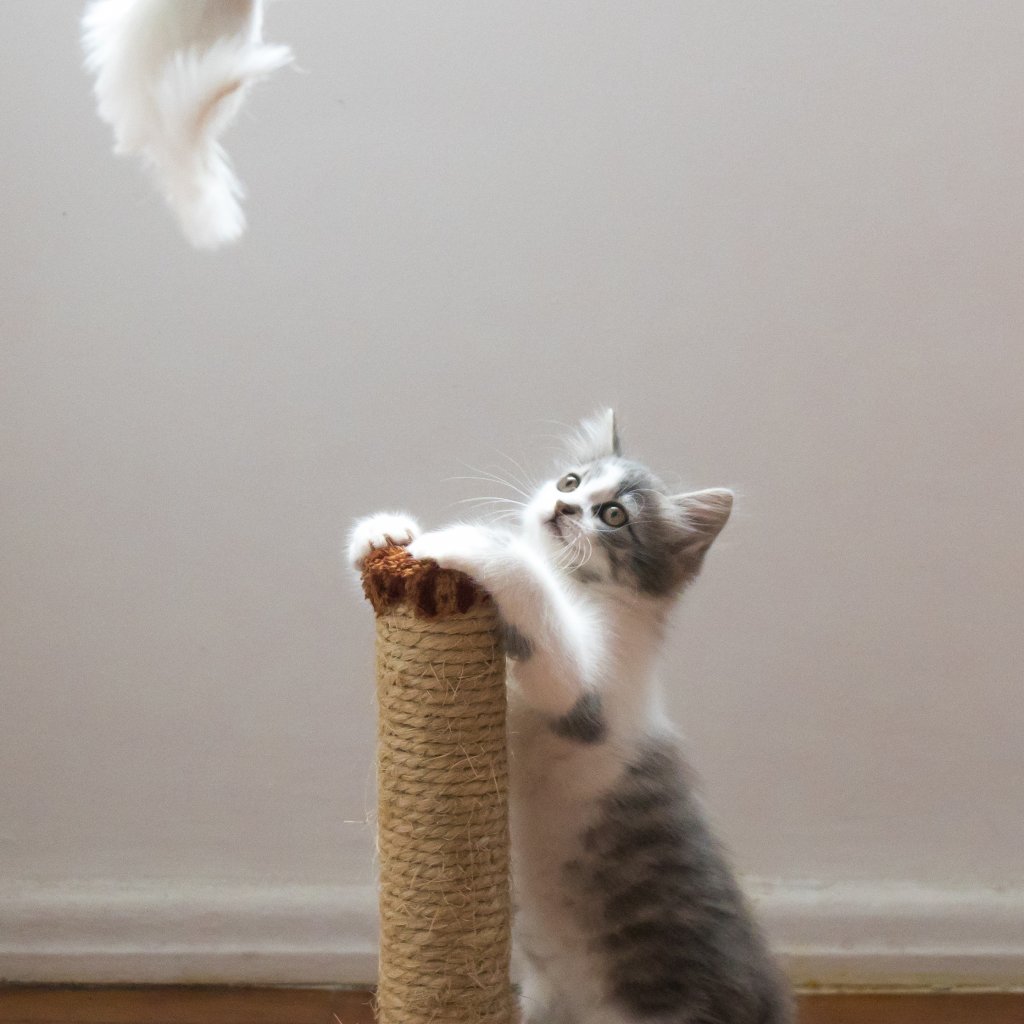
Now add some toys with feathers, springs, catnip filled and bells. Remember that cats are animals of prey, so they like to stalk and pounce. The more things that you give them to direct positive energy into, the less likely that they’re going to use the corner of your beautiful couch.
Redirection
Okay, now that we’ve made the house cat-friendly it’s time to get their attention off of the other places that they’ve decided to vandalize.
I’ve seen people use a multitude of methods here, but quite frankly, I think some of them are rather unpleasant. I knew a lady that used to spread mothballs around her furniture. It worked, but in my opinion…YUCK! I guess this might be alright if you like the odor that this leaves, as well as the danger to yours and your cat’s lungs. I DO NOT RECOMMEND THIS METHOD!
I’ve successfully used the vinegar method. This consists of putting a teaspoon of vinegar into about 10 ounces of water. You then put the mixture into a spray bottle and mist the undesired areas that your cat is scratching on. You’ll smell vinegar for a little while, but the scent will quickly become apparent to only your cat. I’ve never had vinegar stain my furniture, or anything else for that matter, however, I would try a test spot first, just to be safe. This same method works using a drop or two of peppermint essential oil in place of the vinegar. The odor might be more pleasing to a lot of people, with the same detouring effect on cats.
My final method is using double-sided tape. This tends to work better on woodwork rather than on furniture. Often times the double sided tape doesn’t want to stick to fabrics. Cats dislike the sensation of the tape when they go to scratch. If you use this method, I highly recommend that you soak the tape before peeling it off of your woodwork, as it could otherwise remove your varnish or paint.
Living in Harmony
So we covered the “responsible” part of having a cat as part of your family by giving them places to exert their natural instincts, and we’ve covered the “redirect” part by giving you some tools to change the direction of their behaviors. You’re now on the right path to living in harmony with your cat.
My grandmother may have given a superfluous amount of attention to her feline friends, but those visits I had with her taught me not only to respect the needs of our animal friends but how to share my love with them.















